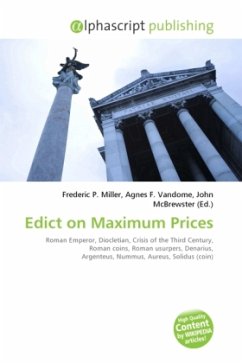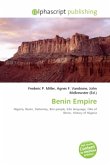High Quality Content by WIKIPEDIA articles! The Edict on Maximum Prices (also known as the Edict on Prices or the Edict of Diocletian; in Latin Edictum De Pretiis Rerum Venalium) was issued in 301 by Roman Emperor Diocletian. During the Crisis of the Third Century, Roman coinage had been greatly debased by the numerous emperors and usurpers who minted their own coins of decreasing true metallic value to pay soldiers and public officials. Earlier in his reign, as well as in 301 around the same time as the Edict on Prices, Diocletian issued Currency Decrees, which attempted to reform the system of taxation and to stabilize the coinage. It is difficult to know exactly how the coinage was changed, as the values and even the names of coins are often unknown. All coins in the Decrees and the Edict were valued according to the denarius, which Diocletian hoped to replace with a new system based on the silver argenteus and its fractions. The argenteus seems to have been set at 100 denarii, the silver-washed nummus at 25 denarii, and the bronze radiate at 4 or 5 denarii. The copper laureate was raised from 1 denarius to 2 denarii.








